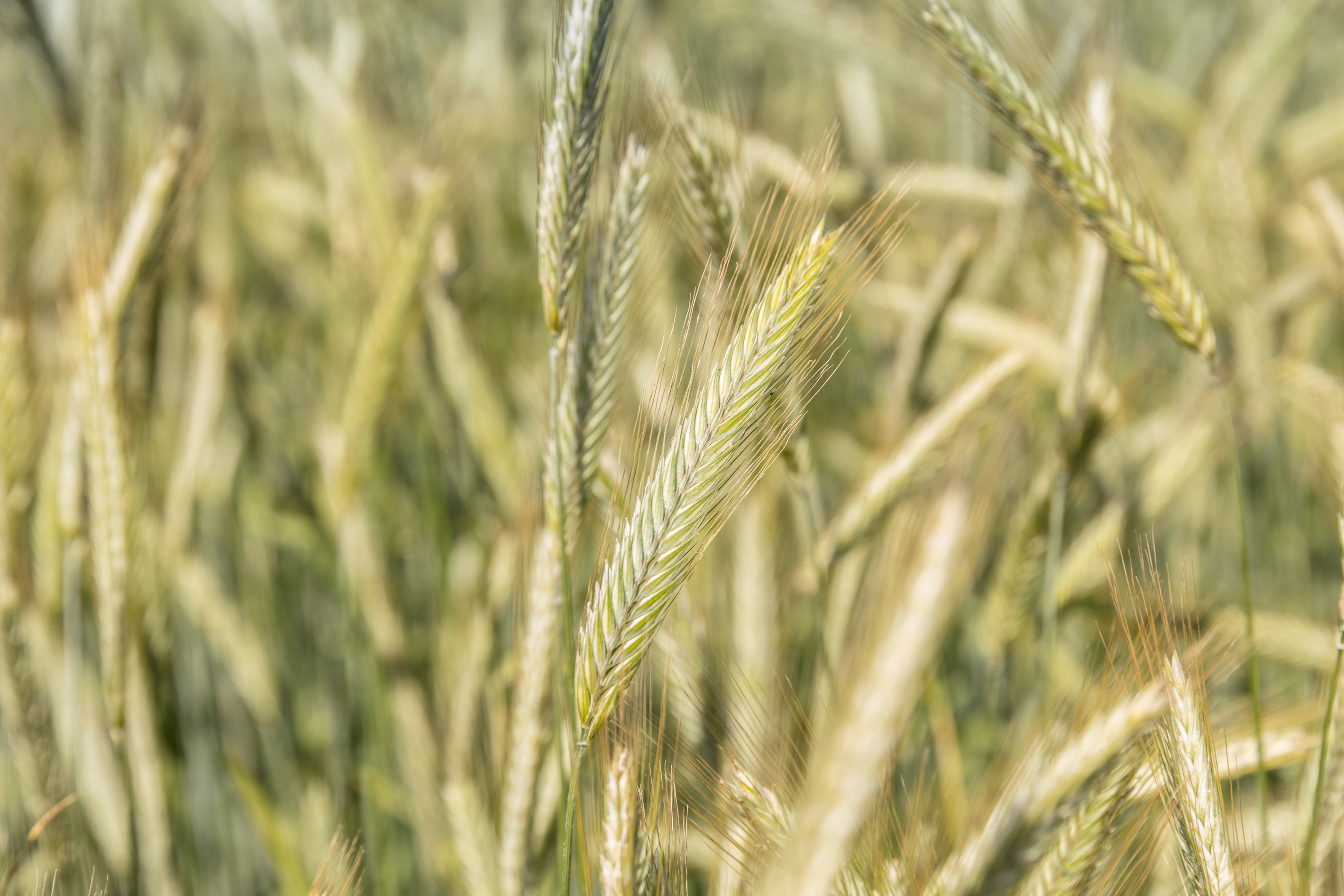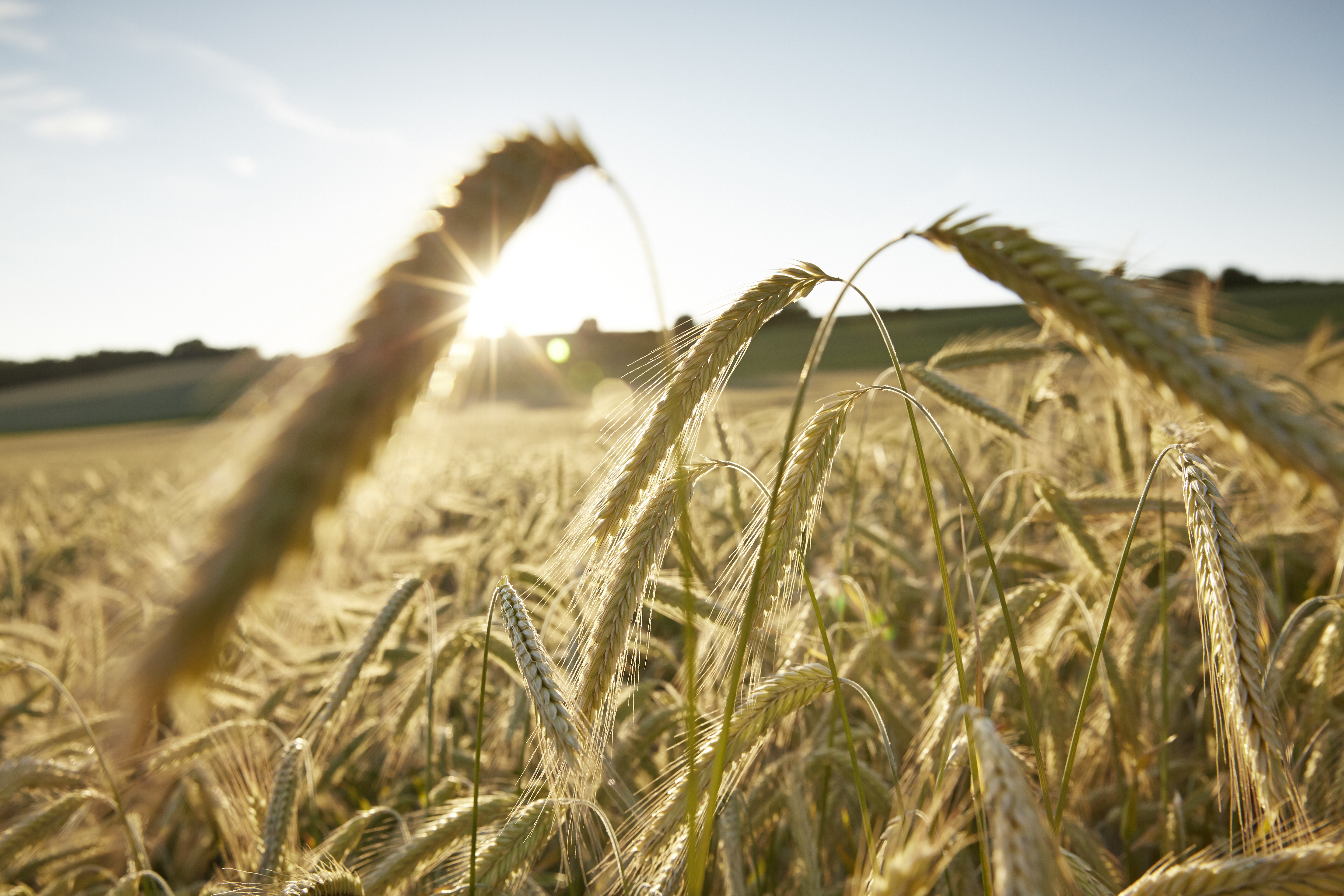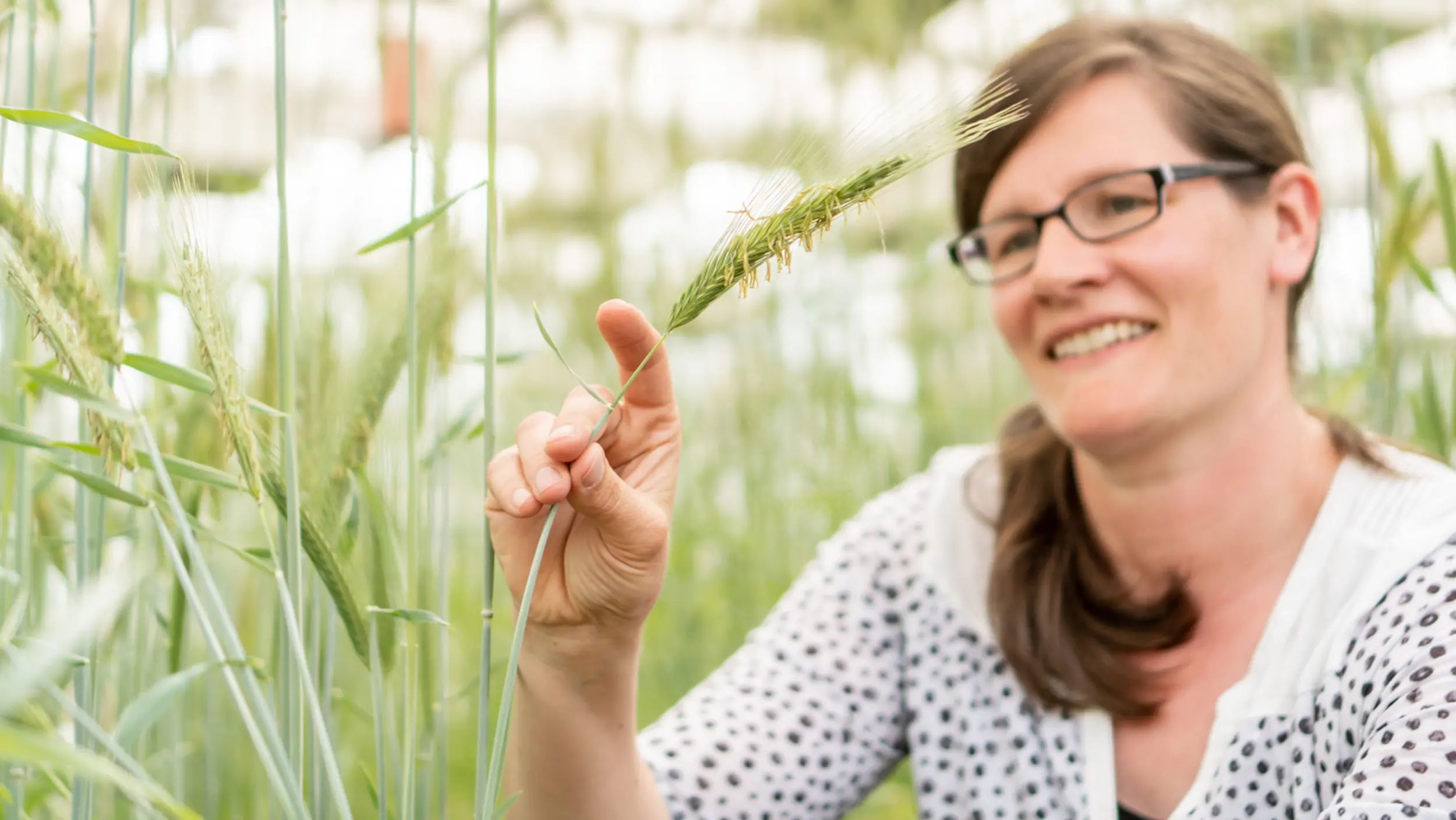Why hybrid rye could be the best second cereal option for many growers
Hybrid rye's low take-all carryover, ability to outcompete pernicious weeds such as blackgrass and its high yields from modest inputs is making it a real contender for the second cereal spot in many rotations, says KWS hybrid rye product manager Dominic Spurrier.
"It's a crop with so much going for it, it's easy to see why its area has nearly doubled in the last six years as more and more growers understand its full potential.
"Although visibly similar, hybrid rye is in fact fundamentally different from most cereals in its physiology and it is these features which lie behind many of its benefits.
“For a start, its unique structure means that, unlike wheat and barley, the leaves play a limited role in energy production and this together with the crop's low susceptibility to diseases like septoria and rhynchosporium, ensures disease control is easier and cheaper.
“It's got significant advantages in the rotation, too. It can be drilled from early September through to the end of October and is considerably earlier to harvest than wheat.
“Once the bane of rye growers, incidence of ergot has also been greatly reduced with the inclusion KWS’ Pollen Plus technology in the hybrid breeding programme."
Robust and simple to manage
It's a crop with a robust root system and this not only helps improve soil structure, it also adds to hybrid rye's drought tolerance, he adds.
“This system also makes hybrid rye ideal for light land and the increasingly varied
growing conditions and climate we now face. Rye also needs around 25% less water than either wheat or barley in a typical growing season, too.
"It's a perfect choice for lighter land or drought-prone regions. Growers on free draining, acidic or sandy soils are much more exposed to the effects of soil moisture deficits on yields and income, so rye has a valuable role to play in mitigating against this.”
“It's also a fast-growing crop with this contributing to its significant weed competition potential with the added bonus of a straw yield often 30% more than wheat or barley.
“It moves through stem elongation faster than any other cereal with trials showing the competition it exerts against blackgrass reducing the viability of seeds by 60% compared to wheat."
Grain yields increasing
Grain yields have increased by 20% in recent years with modern hybrid rye varieties such as KWS Serafino and Tayo capable of producing consistent yields up to 11t/ha on farm, Dominic Spurrier says.
"Many growers report such varieties easily outperform wheat and barley as a second or third cereal and achieve this with considerably less agronomic inputs, too.
"Fertiliser requirement with rye can be roughly half that of a second wheat with savings of 100kg N/ha and more being achievable.
“A second wheat grown for feed is likely to require around 220kg N/ha but with hybrid rye the requirement would be about 120kg N/ha. The savings would be considerably more when compared with a milling wheat crop were 280kg N/ha is not uncommon.
In terms of marketing opportunities, demand is being driven by greater use of rye in pig finishing rations as well as increases in UK rye whisky production and from the food industry. It also has a vital role as an energy source for AD, he points out.
"In fact, the potential loss of Korit seed treatment for maize next year might make rye the go to alternative for both forage and AD plants.
“We are continually researching and building evidence to support the feeding of rye in other sectors, for example we have just concluded a year-long study on egg-laying hens.
"A trial involving 16,000 birds showed there was no difference in production, egg numbers, quality and most importantly hen health, with poultry fed a standard wheat-based diet to one where 25% of the wheat was replaced with rye.
“All in all, hybrid rye fits well with current and future demands, to move to a more sustainable production system, requiring fewer inputs whilst also being able to cope better in terms of greater climate variability.”
I would urge anybody who is currently growing a second wheat or winter barley and those home-feeding who are interested in producing a big pile of grain for a low cost to look at hybrid rye.
Adam Christie, Managing Director of Scottish Agronomy, says ten years of trialling hybrid rye has underlined the crop's potential from both environmental and production viewpoints.
"We've spent a lot of time looking at hybrid rye in recent years and have seen nothing that would put us off recommending it to our members as a viable alternative cereal crop.
"I would urge anybody who is currently growing a second wheat or winter barley and those home-feeding who are interested in producing a big pile of grain for a low cost to look at hybrid rye.
"It's a crop that can produce grain yields in the same bracket as wheat but with much lower nitrogen and fungicide inputs.
"We're typically using about 120kg N/ha on our hybrid rye crops compared to 180 - 200 kg/ha N/ha on wheat and are seeing the same sort of yields.
"It's got the added advantage of low fungicides costs, too. The programme we use on hybrid rye is probably just 50% of that used on the wheat crop.
"That high output potential from relatively low inputs justifies its position in most rotations, particularly with sustainability of production being increasingly important, and it's a crop with few management issues.
"People can tend to worry when they see it growing in the field near harvest - it's a big bold crop - but providing you choose the right variety it's not a problem.
"In ten years of growing KWS hybrid rye varieties with PollenPlus ergot protection we've rarely had any issues with lodging or harvest."
Blackgrass control is less of an issue for Scottish Agronomy members than for growers south of the border, but it can be a benefit of hybrid rye as can the crop's drought tolerance, he says.
"We're not short of rainfall usually and this drives us to towards the plough which suits hybrid rye, but the weather is definitely changing.
"We've just had a really wet month or two, for example, and this has been followed by a dry spell with no sign of rain, so hybrid rye's much lower need for water compared to other cereals could be increasingly beneficial in the future."
Hybrid rye is popular with home-mixers, particularly in the pig sector, but cattle producers are now looking at its inclusion in rations, Adam Christie points out.
"There's increasing demand from malsters and distillers with rye whisky production become increasingly popular. Inclusion of rye into other whiskies gives then a very distinctive flavour, too, so there is growing interest in rye as a constituent of blends.
"Our advice really is that if you can grow oats, you can certainly grow hybrid rye and there are many reasons why this could be a viable choice for many producers, particularly in view of its lower input needs in the current economic and environmental climate."
Multiple on-farm advantages
Introduction of hybrid rye has brought substantial benefits to both arable rotations and the farrow-to-finish unit at A. Marshall & Sons’ Slighouses Farm, Duns, Berwickshire.
“There are many advantages to rye and so far, no negatives, so if farmers have any concerns about growing the crop or using it, they really shouldn’t,” says arable grower and pig producer Adam Marshall junior, who drilled his first crop in autumn 2018.
“Rye has benefitted the arable side of our business, while including it in home-milled-and-mixed rations has substantially reduced our feed costs, improved herd health and increased pig performance.
“The reasons for growing rye were that we wanted to introduce another arable crop as the performance of second wheats can be very variable on the lighter land and we wanted out of malting barley because the costs and risks of rejection were increasing.”
Hybrid rye has quickly become part of the rotation, which also includes winter wheat, oilseed rape, spring malting barley and vining and combinable peas, he points out.
“In our experience, rye is easier to grow than winter barley with less financial risk. Being less susceptible to most leaf diseases than other cereals, it requires far fewer agrochemical inputs, too.
“It also needs only 100kg/ha of Nitrogen, which is about 30% less than for winter barley, so there are significant savings.
“The crop is taller and produces 50 per cent more straw, which does reduce speed through the combine, but it provides excellent quality bedding and burns well in our biomass boiler which heats our new piggeries, various farm properties and our grain dryer.”
Trials prove hybrid Rye N-efficiency
Latest KWS trials carried out in conjunction with NIAB have underlined hybrid rye's superior N-efficiency, says Dominic Spurrier.
"We wanted to see how four of our hybrid rye varieties would fare with low levels of applied nitrogen.
"A 120kg N/ha and an 80kg N/ha regime saw all our varieties yield comfortably over 10 tonnes per hectare with KWS Tayo achieving an astonishing 10.84T/ha yield from the 80Kg N/ha regime.
"This more than underlines the crop’s potential to help growers make major cost savings and allow them to achieve more sustainable rotations in the future.”
Your consultants



